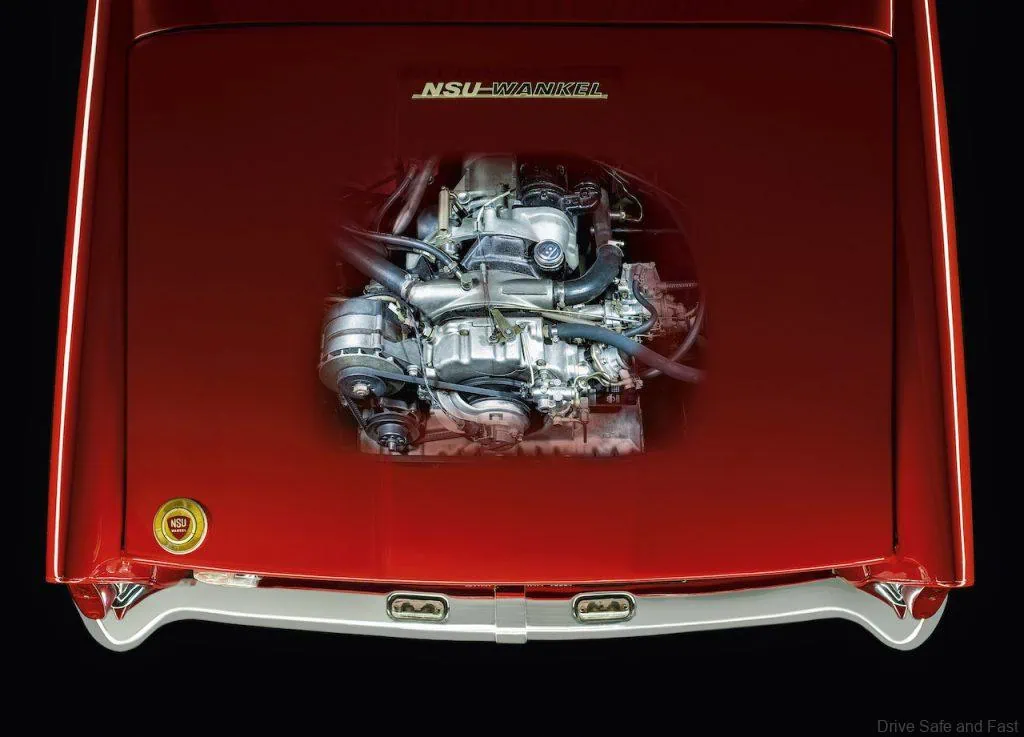The NSU Spider showed the world the possibility of a production Wankel rotary motor 60 years ago.
60 years ago, NSU, one of the companies that transformed into today’s Audi, showed the Spider at the Frankfurt Auto Show. They co-developed this two-seater, open-topped roadster with Wankel and showed the motoring world the possibility of a rotary engine in a production vehicle.

In September 1963, the NSU Spider was shown to employees, who greeted it with enthusiasm. The Spide was a real looker. It had a monocoque body designed by Giuseppe “Nuccio” Bertone. Besides being easy on the eyes, the motor was a revolution in the auto industry. The entire assembly under the rear weighed just 125kg. This includes the engine, transmission, starter and alternator! The packaging too was great, enabling both a front and rear trunk. It ran quietly too.

Unfortunately only 2,375 units of the NSU Spider were made by 1967. The company tried again with Wankel engines on the NSU Ro 80, but it too didn’t take off the way many expected. Still, the Rotary Wankel engine ended up making tonnes of cash through licensing. It was so theoretically impressive that the following companies all coughed up cash for a license to create their own versions:
- General Motors
- Daimler-Benz
- Porsche
- Nissan
- Toyota
- Mazda (then known as Toyo Kogyo)

Development Of the NSU/Wankel Rotary Engine
Development began in the early 1950s with Felix Wankel‘s rotary engine. This self-taught engineer had been working on the concept of such a motor since before the second world war. He worked with Walter Froede at the German Aeronautical Research Institute during the war and the two worked together on the project at NSU in 1951.

The rotary with a three-pointed oval piston as we know it today emerged in the mid 1950s with the German name Drehkolbenmotor (DKM). In 1957, the DKM 54 was the first rotary piston engine to start up on a test bench. It ran smoothly and impressed engineers until 15 hours later when the same sealing problems that haunt rotary owners today began.

The production model was simplified as a single piston/rotor design and known as the Kreiskolbenmotor (KKM). The KKM 250 was fired up in 1959 and worked on until NSU engineers were confident enough to fit one on the NSU Prinz. This engine was developed further into the KKM 400 and fitted to the Sport Prinz.
